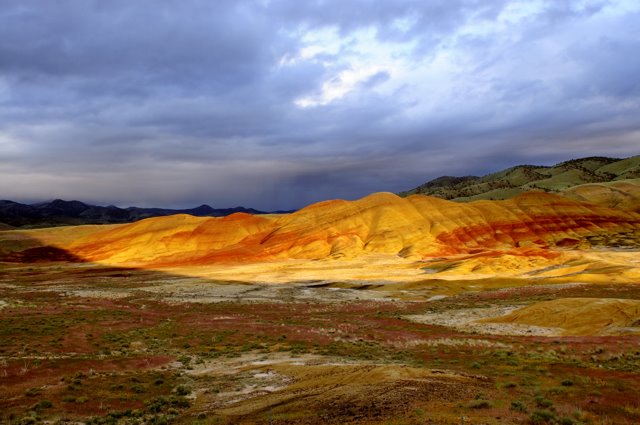When you select this setting, your camera is basically on full automatic everything. But you have the option of changing the automatic selections your camera chooses if you want to. Lets say you are shooting a nice water fall while the camera is in P mode and because it is a very bright day all your shots are freezing the action and you really want that silky effect. You can get this by adjusting the shutter to a slower speed. (this is usually the default adjustment) In program mode the camera will automatically change the other settings so that you maintain the correct exposure all the time. Because changing the shutter speed also causes the aperture to change, you can adjust the shutter to get the aperture you want as well and have control over depth of field.
I normally use the P setting when I am shooting unpredictable subjects and I think will need to react very quickly. These subjects can be kids at a baseball game, flying birds or running wildlife, or any moving subject such as ocean waves, water falls, and so on. I keep my camera on continuous auto focus and use a setting that lets the shutter continue to work as long as I hold the button down. Then all I need to worry about is zooming in or out to get the shot I want. Yet I still have the option of adjusting the settings if I think I need to and I don't have to take the camera from my eye to look for another option.
If you liked this article or if you would like to see information about another subject regarding how to use your camera please send me your comments.
Another great resource for information about learning how to use your camera is my online store at "How To Use Your Camera"
To see my photos go to my website at: Dwains's Picks
